Toward a Politics of Body-Barricades
Tadeo Cervantes
Other languages: Italiano, Español
The following text is composed of impressions, intuitions, and quotes, many taken out of context, stolen, as are the images and photographs. This constellation of fragments strives to outline a politics of body-barricades [corpo-barricadas]. 1 What interests us here is the in-between, which is at the same time union and distance, the thin black line of the hyphen, for it is this that brings corporalities and barricades into play. As a series of fragments, it is not necessary that each premise follow one another; the order is not logical, but compositional. Emphasis is placed on the uniqueness of each piece of text, the way in which it connects to the others, how it slots into them. A series of points and lines: a constellation. Like all compositional texts, its aim is not to convince, nor is it a dialogue. Rather, it is hoped that these fragments will challenge the singularity that reads it, and that the words written here become, in this way, singular.
1. Politics has traditionally been understood as that public terrain in which ideas are debated. We win politically, when we win discursively. Politicians are celebrated or rejected based on the speeches they give. For us, however, politics does not play out mainly in the field of discourse, but on the terrain of territory.
2. All the reasons for making a revolution are there. Not one is lacking. [...] All the reasons are there together, but it's not reasons that make revolutions, it's bodies. And the bodies are in front of screens. 2
3. Where bodies meet. And we encounter bodies in front of screens.
4. A body is defined by its movement, relations of speed, movement, and rest between particles. 3
5. A body is defined by its capacity to be affected by other bodies.
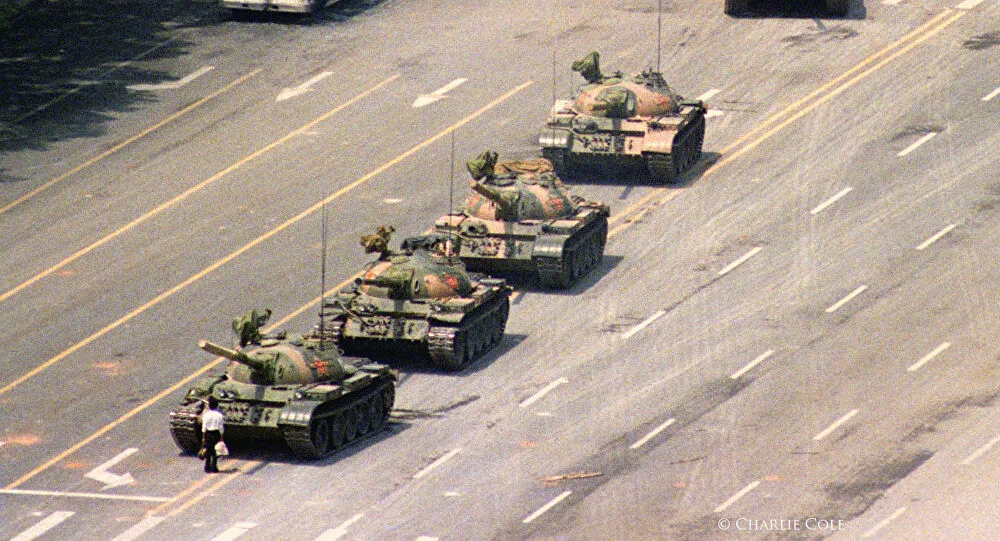
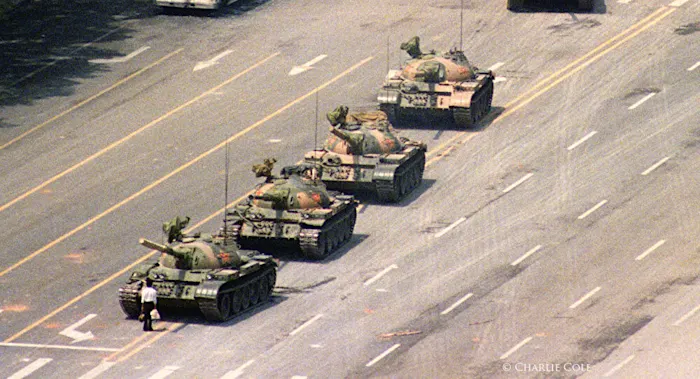
6. And a body opposes a tank.
7. We define politics as the activity of gathering and defending our friends and of dispersing and fighting our enemies.
8. Space aims to be infinite, neutral, Cartesian, reticular. An operation upon a tabula rasa, a blank page. On this pristine paper a virtual form is drawn up, which will later shape a place when imposed upon it. Its operations are rooted in measurement: centimeters, inches, meters. Its temporality is the future, a time of progress.
9.Territory, on the other hand, is situated, local, specific. Territory squats. It is always populated: a river, a mountain, a walking child. Everything that pauses upon it will be shaped by its relation to the elements that inhabit its site. It does not use measurements, but rather forces. The imprint of a revolt pressing forward, forming a wall. Its time is the now of intensity.


10. An uprising, a revolution, an encounter is a territorial phenomenon. The way specific elements are composed in each given territory. How they become a part of it. The proximities and distances established between one body and another. Their union. The position of a particular body in front of another. A way of taking hold of another, how we compose ourselves with this other.
11. A barricade is also a compositional phenomenon. It is a relationship between different bodies, a smoking truck, a pile of cobblestones, the corpse of a horse, that seeks to settle into a specific territory. It is the form that arises between the street that closes, the rock grasped in hand, and another world that opens.
12. Bodies, like barricades, are never alone; each is constituted by many other bodies. Each body, like each barricade, is both one and multiple.
13. Every political process is a process of territorialization, a possibility for the formation of barricades.
14. A barricade is territorial, not spatial.
15. It is a composition of speeds and slownesses, a certain capacity to affect and to be affected. 4 What moves and what is moved.
16. How do I affect another?
17. I am affected by what empowers my body, by what is good.
18. Good, says Spinoza, is what we know to be useful to us.
19. My body is never only one. My body is one and multiple.
20. My happiness is discovered in the happiness of others, with others; my dignity in the dignity of those surrounding me, with those surrounding me; to be free in the freedom of others, to be free with others.
21. A body-barricade is a differential coupling of bodies in motion that strive to decompose rigid lines of subjective configuration.
22. Politics is a phenomenon of positioning. That is to say, of how we position ourselves in front of something.
23. Politics is a willingness to face the enemy, and therefore to assume the possible risk that this brings.
24. It is not only the position that matters, but also the decision to remain or retreat from it. It is a decision to exist within territory.
25. That is why what situates us politically is not how we respond to a friend/enemy couplet; it is position, not discourse.
26. A barricade is not necessarily a defensive architecture. A barricade is intended to rethink the way we live. A street is closed to reorganize food and rest. A city is closed to remake play and dance.
27. And it took only one body, which really was many, to oppose a tank.
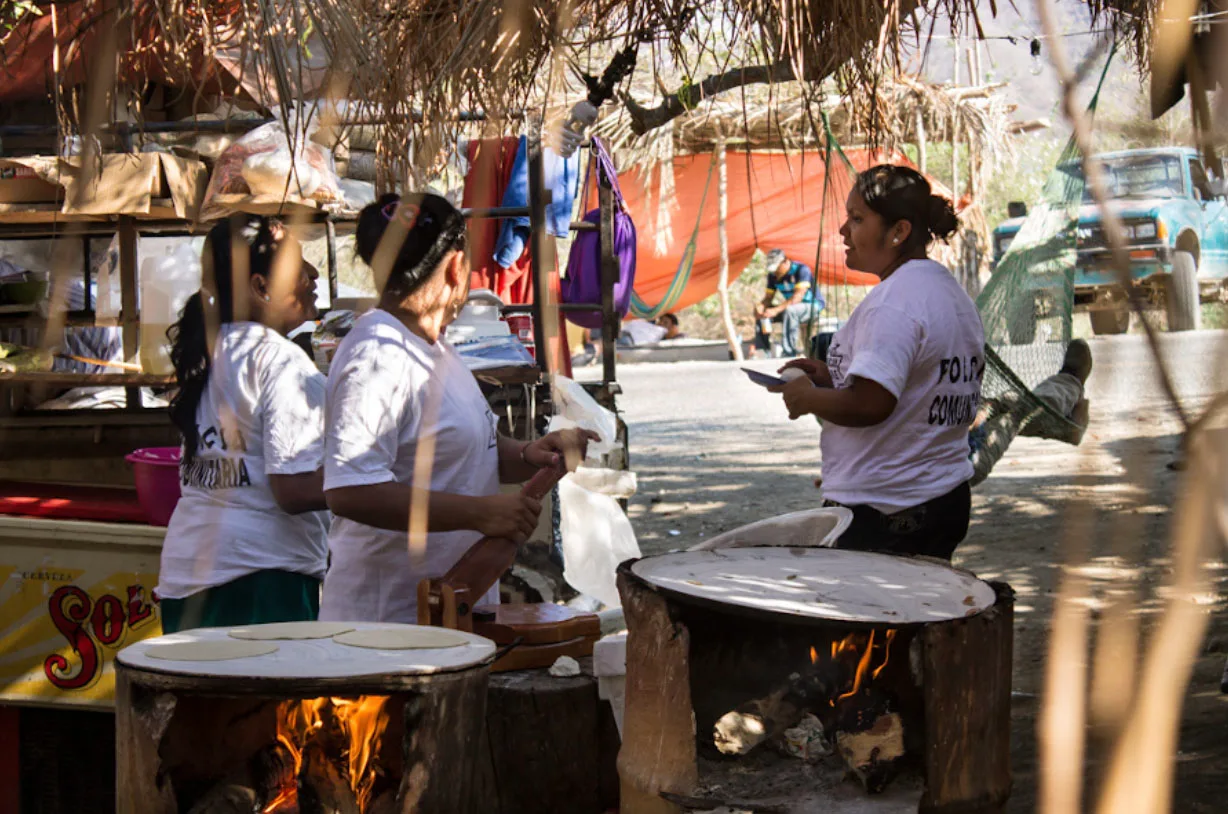

28. Several women gather. A trash can is refashioned into a griddle. There is fire, heat, food, and there is rest. This is also a barricade.
29. A politics of body-barricades aims at a convivial composition between bodies, in another territory, a territory to come, one which proposes a different way of inhabiting.
30. Traditional politics seeks to preserve rigidly defined geometric shapes. Triangles and bold lines running up and down. It orders bodies according to their functions. This brown body goes in this position, such and such body stands below or above this other one.
31. The geometry of body-barricades is diffuse, its points are configured through friendly relationships to be preserved, according to lines traced between one body and another. By distances, unions and separations. By the ability to be affected by other bodies.
32. Police bodies are organized. Decompose the organized body.
33. The barricade is not orderly, it is the imprint of another form of organizing the world that is taking place.

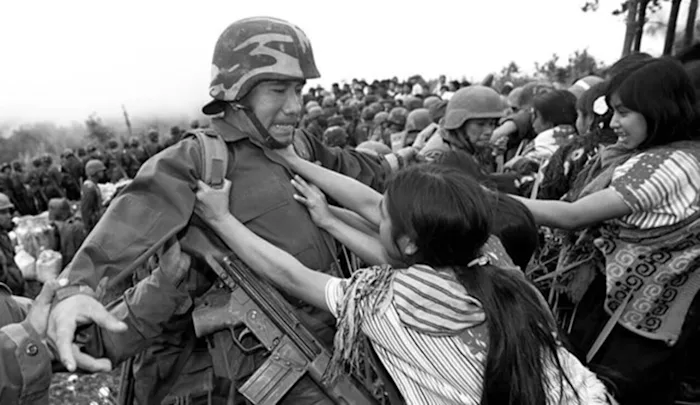
34. A body pushes, breaks lines, disorganizes. A body resists.
35. The geometry of an arm that arches to throw, in front of a straight line, a police line, something that burns, something that explodes.
36. Police strive to conform to rigid, closed geometries. Police surround.
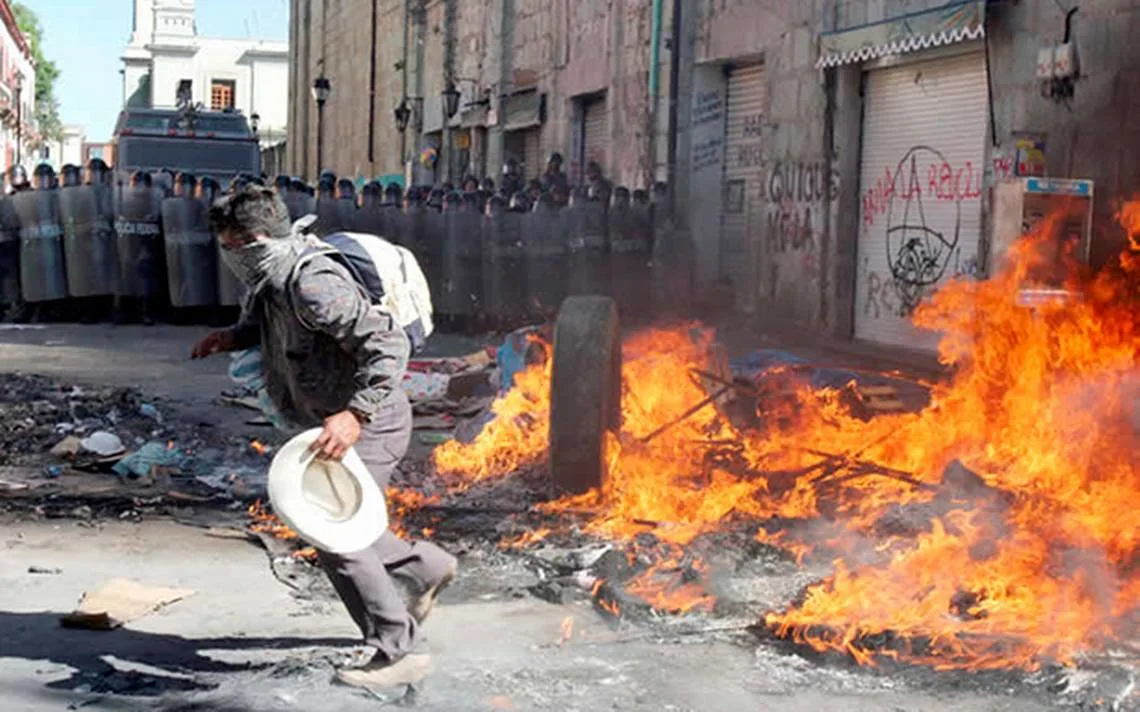
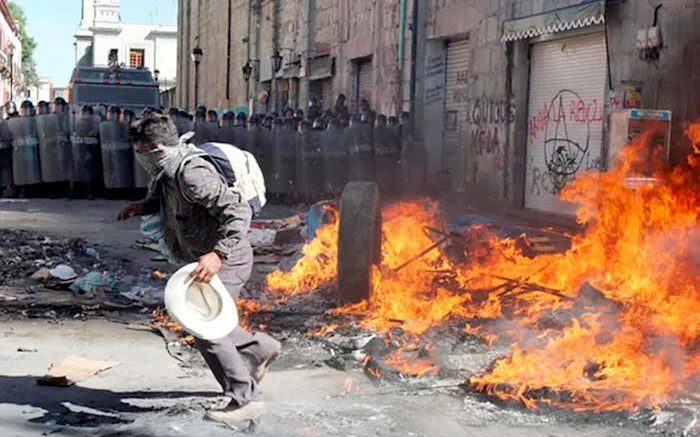
37. The city is not opposed to slower speeds, pedestrians or bicycles. The bike is not opposed to the car. What stands in opposition to the city is a speed of greater intensity: the barricade.
38. Close the street, but open the way. Close the street, but open another world.
39. A barricade is not a defensive architecture, but a new way of living that is generated by cutting a space: a barricade is the place for friendship.
40. Beneath the city, the lake 5.
41. Beneath the city, the land.
First published on Artilleria Immanente, February 14th, 2021.
Notes
1. The Spanish term, corpo-barricadas, is a neologism. An alternate translation would therefore be corpo-barricades. —Trans.↰
2. The Invisible Committee, Now (2017).↰
3. Gilles Deleuze, Spinoza: Practical Philosophy (1988). Translation modified.↰
4. Deleuze, Spinoza.↰
5. A reference to the Lago de Texcoco, the lake the indigenous city of Tenochtitlán, today Mexico City, was built upon. —Trans.↰